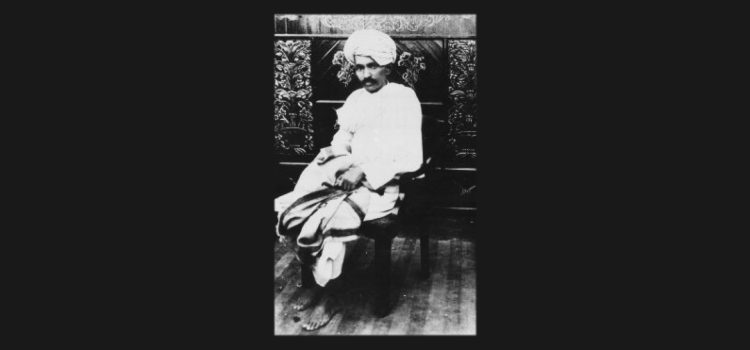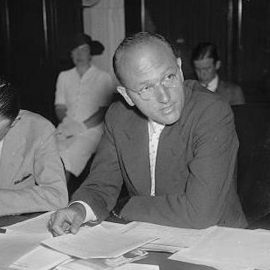

This article is an excerpt from the Shortform book guide to "The Story of My Experiments with Truth" by Mahatma Gandhi. Shortform has the world's best summaries and analyses of books you should be reading.
Like this article? Sign up for a free trial here.
What was the Kheda Satyagraha, and what caused it? How did Gandhi empower farmers in Kheda?
Mahatma Gandhi’s Kheda Satyagraha was a significant moment in India’s struggle for independence. In 1918, farmers in the Kheda district faced crop failures, famine, and plague. They sought tax relief but were denied, leading to a non-violent protest led by Gandhi.
Discover how this peaceful resistance unfolded and how it left a lasting impact on India’s fight for freedom.
Kheda Satyagraha
Mahatma Gandhi’s Kheda Satyagraha occurred in 1918. In the Kheda district of India, crops had failed, and there were widespread famine and plague epidemics. The farmers or ryots asked the government to cancel the year’s tax since they hadn’t made a profit, but all their petitions failed.
(Shortform note: Mahatma Gandhi established the Satyagraha movement as a form of peaceful opposition to British colonial rule in India. The term “Satyagraha” combines two Sanskrit words: “sat” (truth) and “agraha” (insistence), essentially meaning “insistence on truth.” This philosophy advocated for confronting unjust or unethical circumstances through non-violent means. Gandhi’s approach primarily involved civil disobedience, encouraging people to break laws in a manner that avoided causing harm or putting others at risk.)
Gandhi traveled to Kheda and led the farmers in a satyagraha resistance in which they refused to pay their taxes despite the government considering it illegal. Even those who could afford to pay promised not to, in solidarity with the farmers most affected by the failed crops. In response, the government pressured the farmers by taking away their agricultural machinery.
Gandhi says that, after several months of resistance, they needed to find a resolution that would allow both sides not to lose face. He negotiated with the government to allow the poorest farmers not to pay their taxes but still collect from the ones who could afford to pay. Although it wasn’t a total victory, Gandhi still felt that the effort had been worthwhile because it showed the farmers that they had political power they could use to fight injustice.
| The Political Origins of Famine The difficult conditions facing the Kheda farmers were representative of the conditions in many other districts in India and of the decades of British rule in the country. In 1878, 40 years before the Kheda Satyagraha, Florence Nightingale—who became famous during the Crimean War for her reforms in wartime nursing and sanitation—wrote a public essay condemning the British government’s lack of policies to prevent famine in India. She argued that the British Empire’s failure to invest in irrigation and transportation infrastructure and the unchecked deforestation made famine inevitable. Elsewhere, Nightingale questioned the fairness of the system of land ownership the British government put in place. The Indian ryots paid taxes on what they produced, and the British government used these taxes to fund its wars in other countries. However, the British landowners became wealthy by selling what the ryots produced abroad. Despite creating a wealth of products and paying taxes, the ryots starved when they had a bad crop. This was because they didn’t have food stores to fall back on, as the landowners exported everything they produced. Nightingale remarked that the government had to allow tax remissions every year in some districts because the ryots were chronically impoverished. Nightingale further highlighted the oppression of the ryots by contrasting the political systems in England and India. The English Parliament was made up of representatives from the largest social groups in English society, which ensured that these groups had a voice, particularly in issues that impacted their economy. However, in India, ryots were the largest slice of the population yet had no voice in the British government. This made it nearly impossible for them to advocate for themselves. It would be several decades until Gandhi and his fellow nonviolent activists found a way for the government to hear the voices of the millions of agricultural workers. |

———End of Preview———
Like what you just read? Read the rest of the world's best book summary and analysis of Mahatma Gandhi's "The Story of My Experiments with Truth" at Shortform.
Here's what you'll find in our full The Story of My Experiments with Truth summary:
- Gandhi’s life story from childhood until adulthood
- How Gandhi became a world-famous activist
- A look at Gandhi’s commitment to a nonviolent, austere lifestyle






